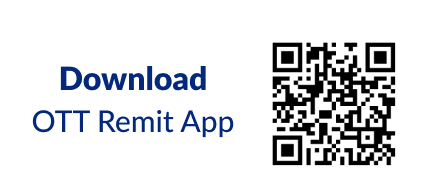
The Different
Types of Remittances
3 November 2025
Discover the different types of remittance and why digital transfers with OTT Remit are the fastest, safest, and most affordable way to send money abroad.
In our globalized world, sending money across borders has become part of everyday life. Whether it’s a parent supporting family back home, a student paying tuition abroad, or a business making international payments — remittances keep people and economies connected.
But not all remittances are the same. There are different types of remittance depending on the direction of the transfer and the method used. Understanding these differences helps you choose the best, fastest, and most cost-effective way to send money — and today, digital remittances platforms like OTT Remit are leading that change.
Let’s explore the main types of remittance, how they work, and why digital transfers are becoming the preferred choice for millions worldwide.
What is a Remittance?
Simply put, a remittance is the transfer of money from one place to another — often across borders. These are typically personal payments sent by individuals working abroad to family or friends in their home countries, but they can also include business payments, tuition fees, or investments.
The Two Main Types of Remittance
1. Inward Remittance
An inward remittance is when money is received from abroad.
For example:
- A nurse working in Canada sends money to her parents in the Philippines.
- A student in the U.S. received funds from their family in India for tuition.
Inward remittance means money coming into a country — typically received through a bank account, cash pickup, or mobile wallet.
Why it matters:
Inward remittances help families meet essential needs, support education, and drive local economies. For many developing countries, inward remittances are a vital source of income.
2. Outward Remittance
An outward remittance is when money is sent abroad from your country to another.
For example:
- A Canadian business paying a supplier in Vietnam.
- A student in Canada paying tuition fees to a UK university.
- A family sending funds to relatives in another country.
Outward remittance means money leaving the country — usually for personal, educational, or business purposes.
Why it matters:
Outwards remittances allow people to support loved ones abroad, invest internationally, or pay for overseas services conveniently.

Remittances Based on Transfer Methods
Remittances can also be categorized by how the money is sent. Let’s look at the most common transfer methods:
1. Bank Transfers
How it works:
Money is transferred directly from one bank account to another using SWIFT or international wire systems.
Pros:
- Secure and well-regulated
- Good for large transfers or business payments.
Cons
- High service fees and exchange rate markups.
- Slow — may take 3-5 days.
- Requires both sender and receiver to have bank accounts.
Best For:
Large transactions or when both parties prefer formal banking channels.
2. Cash Transfers (Money Transfer Operators)
How it works:
Senders visit an agent (like Western Union or MoneyGram) and pay in cash. The receiver picks up cash from a local branch.
Pros:
- Quick for recipients without bank accounts.
- Cash availability across global agent networks.
Cons
- High fees.
- Requires physical visits — less convenient.
- Exchange rates are often less favourable.
Best for:
Recipients who prefer or only have access to cash.
3. Mobile Wallet Transfers
How it works:
Money is sent directly to a recipient’s mobile wallet (like GCash, M-Pesa, or Paytm). The recipient can spend or withdraw easily.
Pros:
- Instant transfers.
- Easy to use for mobile-savvy users.
- Perfect for unbanked populations.
Cons:
- Requires compatible mobile wallet systems.
- Limited in some countries.
Best for:
Recipients who use mobile wallets or live in areas with limited banking access.
4. Digital Remittance (Online Transfers)
How it works:
Transfers are made through secure online platforms like OTT Remit, which connect directly to local banks, cash pickups partners, or wallets.
Pros:
- Fast — transfers complete in minutes.
- Affordable — low fees and real-time exchange rates.
- Convenient — available 24/7, from any device.
- Transparent — track every step of your transaction.
- Secure — protected by advance encryption and compliance measures.
Cons
Requires internet access and basic digital literacy (minor for most users).
Best for:
Anyone who wants to send money quickly, safely, and affordably — without visiting a branch.

Why People Choose One Method Over Another
Choosing a remittance method depends on several factors:
- Speed: How quickly the money needs to arrive.
- Cost: Fees and exchange rates.
- Convenience: Whether the sender/receiver has internet, a bank account, or a nearby agent.
- Purpose: Personal support, business payments, or education fees.
However, more and more people are moving towards digital remittance because it offers the best balance of speed, affordability, and ease of use — all from the comfort of home.
Why Digital Remittance is the Future (And Why OTT Remit Leads the Way)
Traditional remittance methods are often slow, expensive, and inconvenient. Digital platforms like OTT Remit are changing that by making cross-border transfers:
- Faster: Instant or same-day transfers in many countries.
- Cheaper: Low fees and competitive exchange rates.
- Simpler: Easy-to-use mobile and web platforms.
- Secure: Fully compliant with Canadian financial regulations.
- Accessible: Multiple payout options — bank deposits, wallet, or cash pickup.
Whether you’re sending money home or supporting family abroad, OTT Remit makes it simple, transparent, and affordable — because your hard-earned money deserves to go further.
Final Thoughts
Remittances come in many forms — inward, outward, through banks, cash, or online — but the purpose remains the same: connecting families and supporting communities across borders.
As technology continues to evolve, digital remittance platforms like OTT Remit are redefining how the world moves money — making it faster, easier, and more empowering for everyone.
Disclaimer: The views and opinions expressed by the authors in this publication are their own and do not necessarily reflect the views of OTT Remit, OTT Financial Inc., and the OTT Group of Companies. This publication is provided for general information purposes only and should not be considered as exhaustive or comprehensive in covering all aspects of the discussed topics. It is not intended to replace seeking advice from a specialist or professional.
How To Send Money with OTT Remit
Follow three simple steps to send money quickly and securely to loved ones anywhere in the world.
Sign up for an account
Enter your name and phone number to create an account with OTT Remit.
Enter money transfer details
Choose your destination country and select one of three remittance methods: Cash Pickup, Mobile Wallet, or Bank Deposit. Enter your recipient's information.
Pay for your transfer
Complete your remittance by making an INTERAC e-Transfer. It's that easy!




